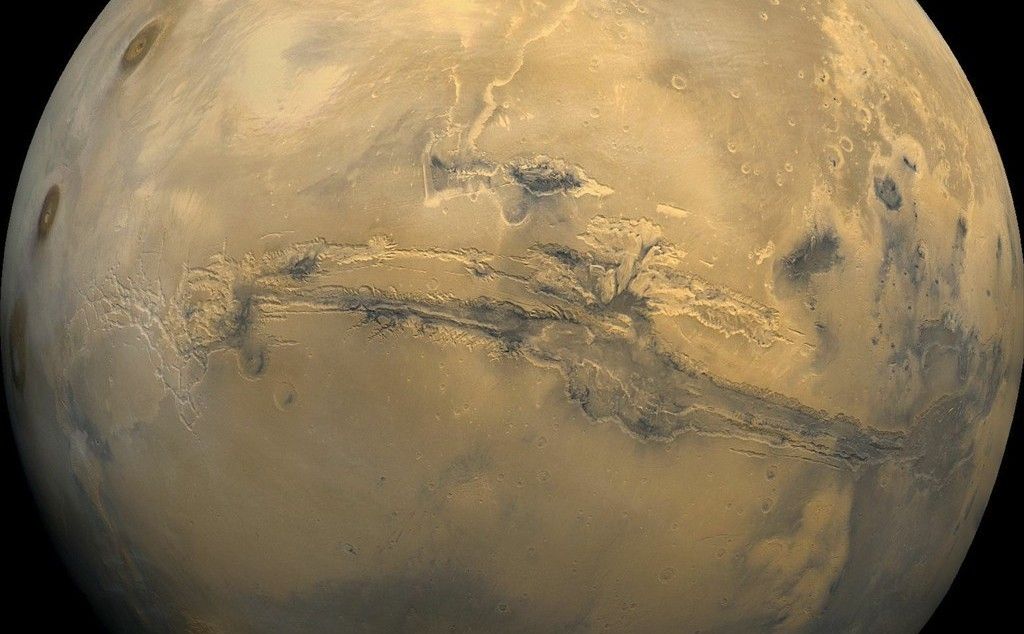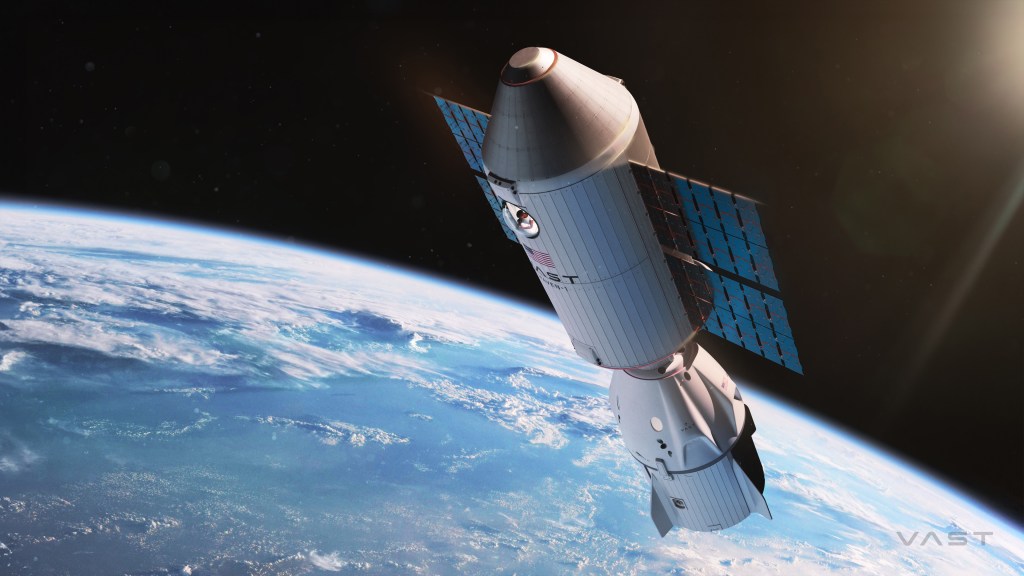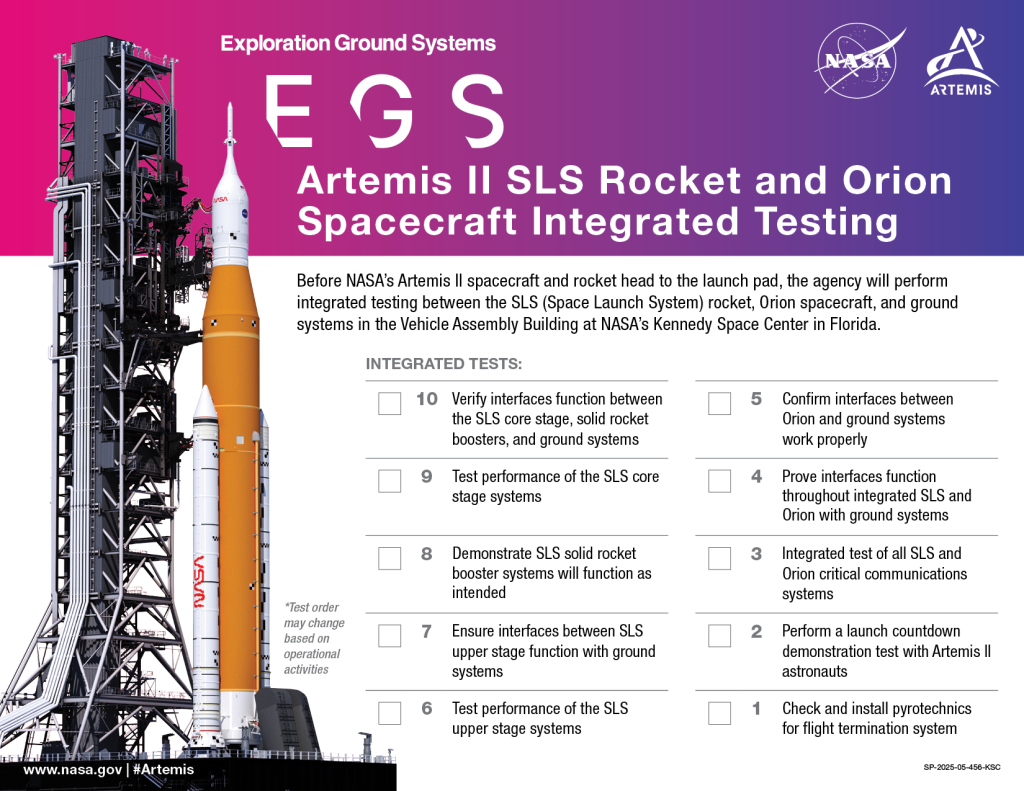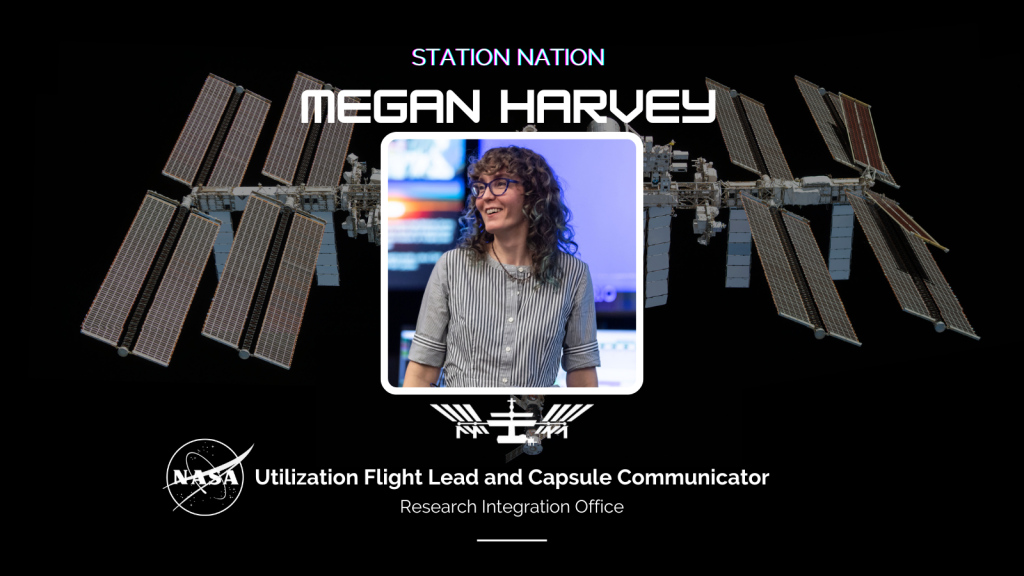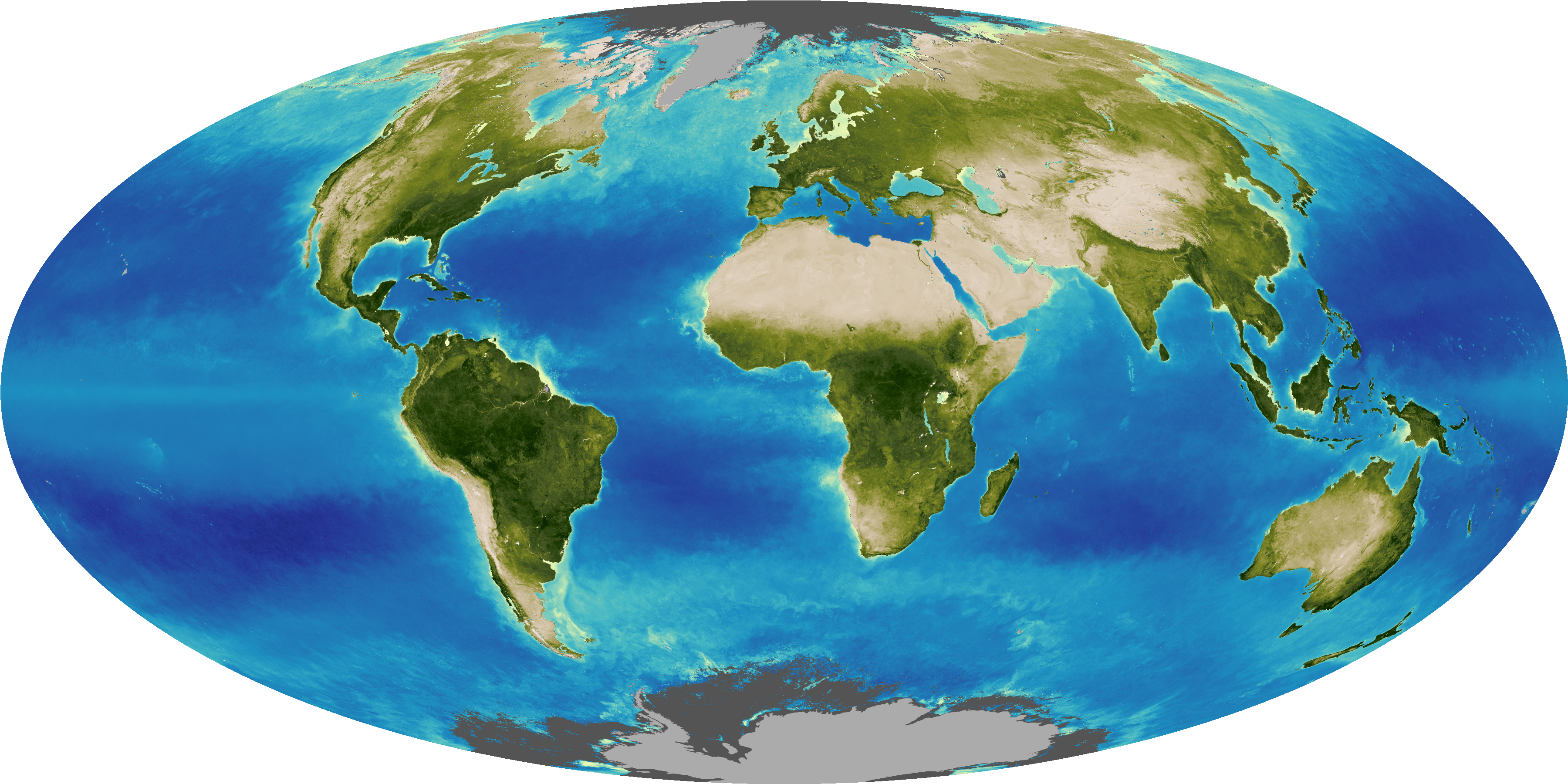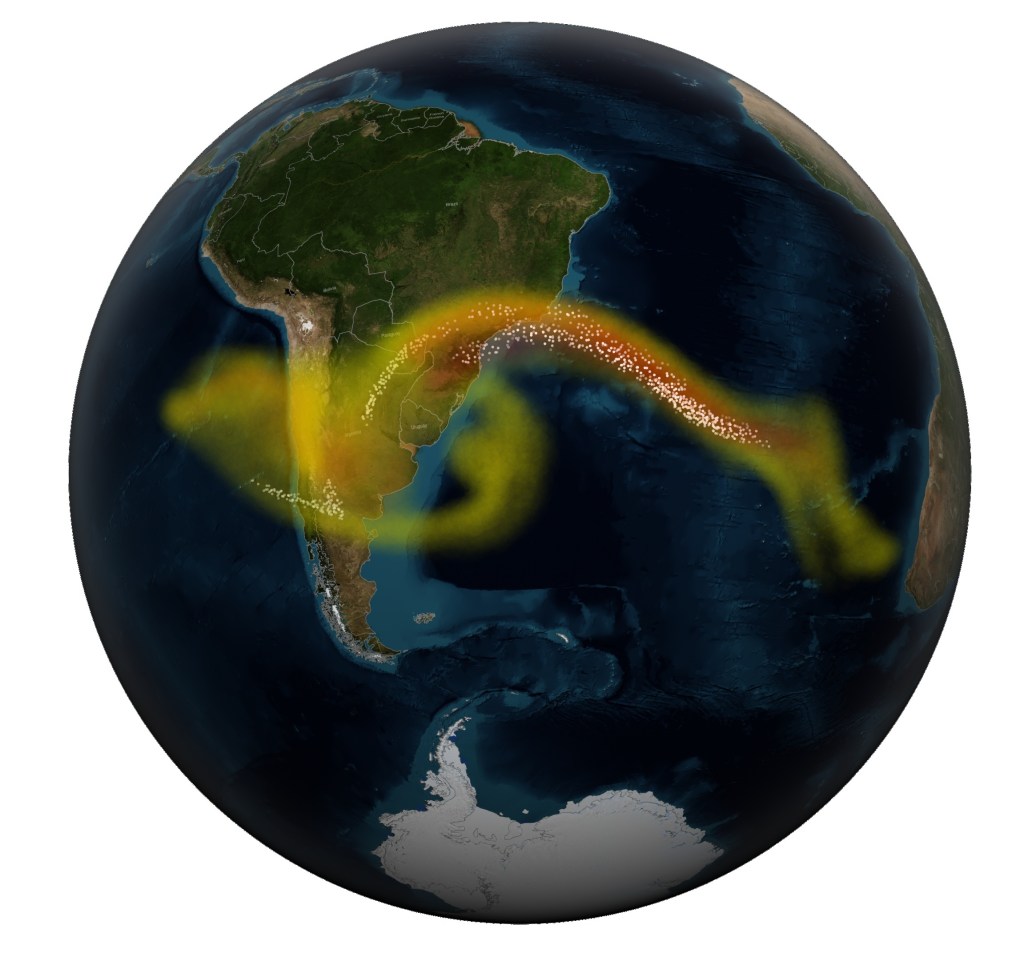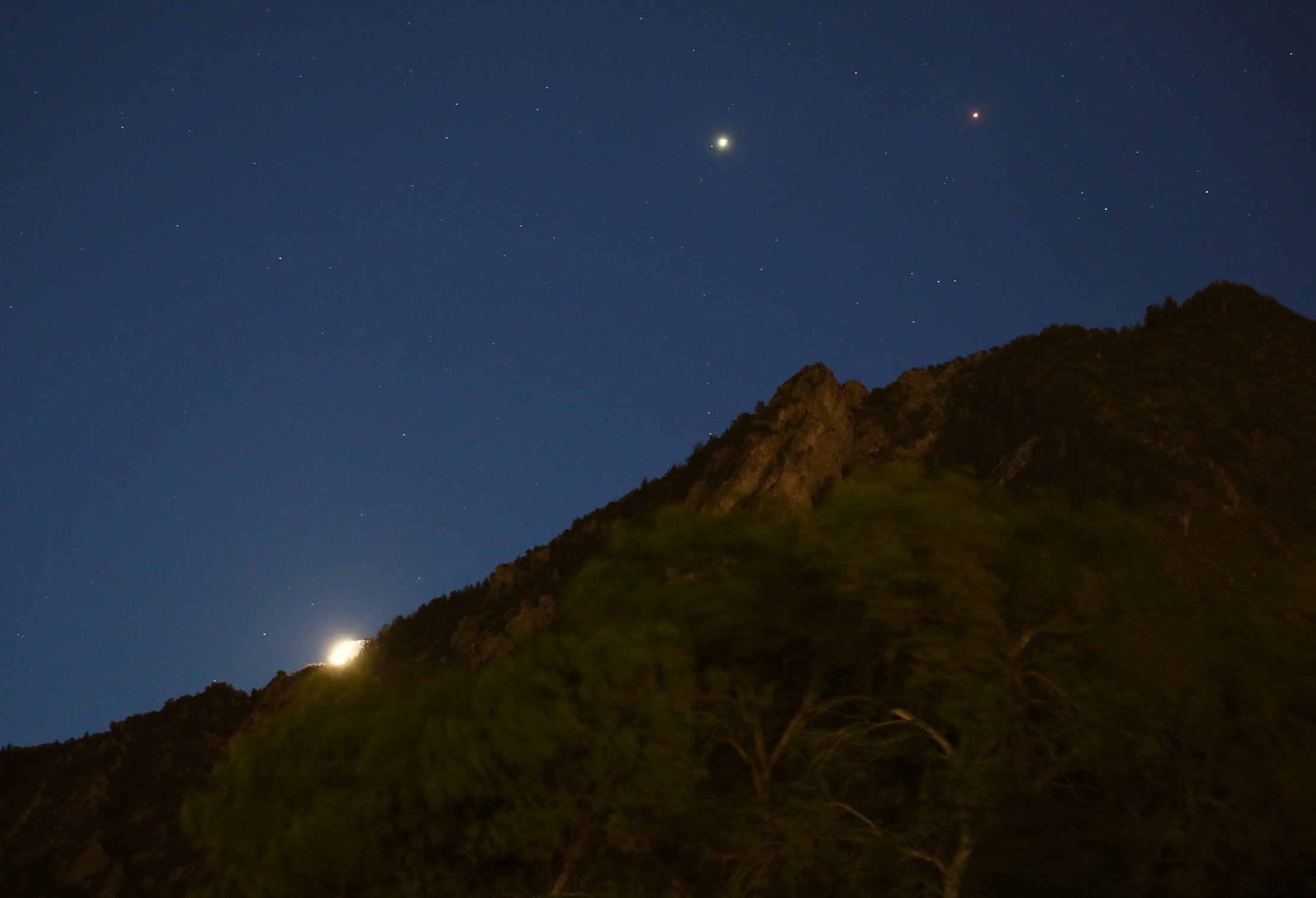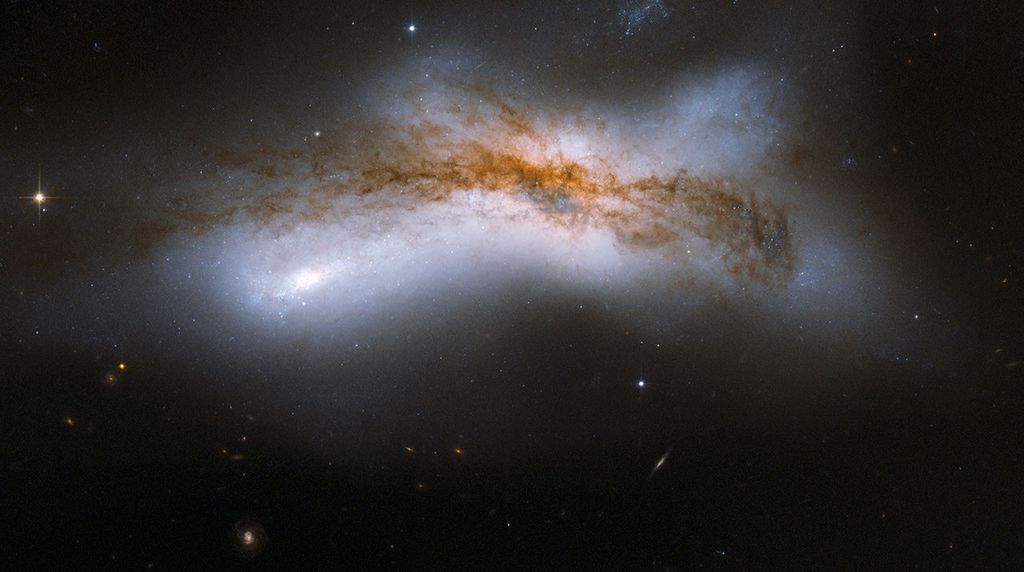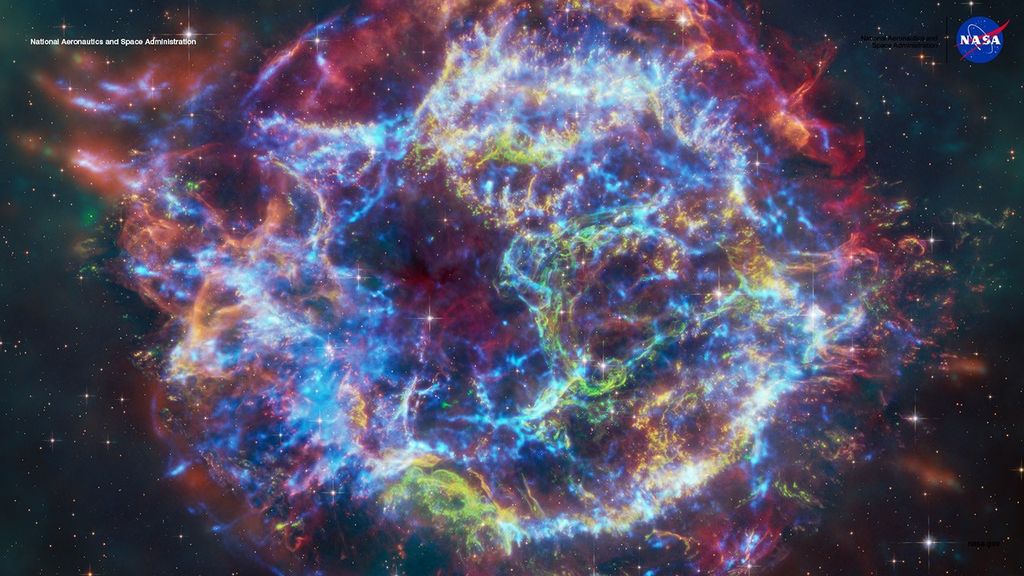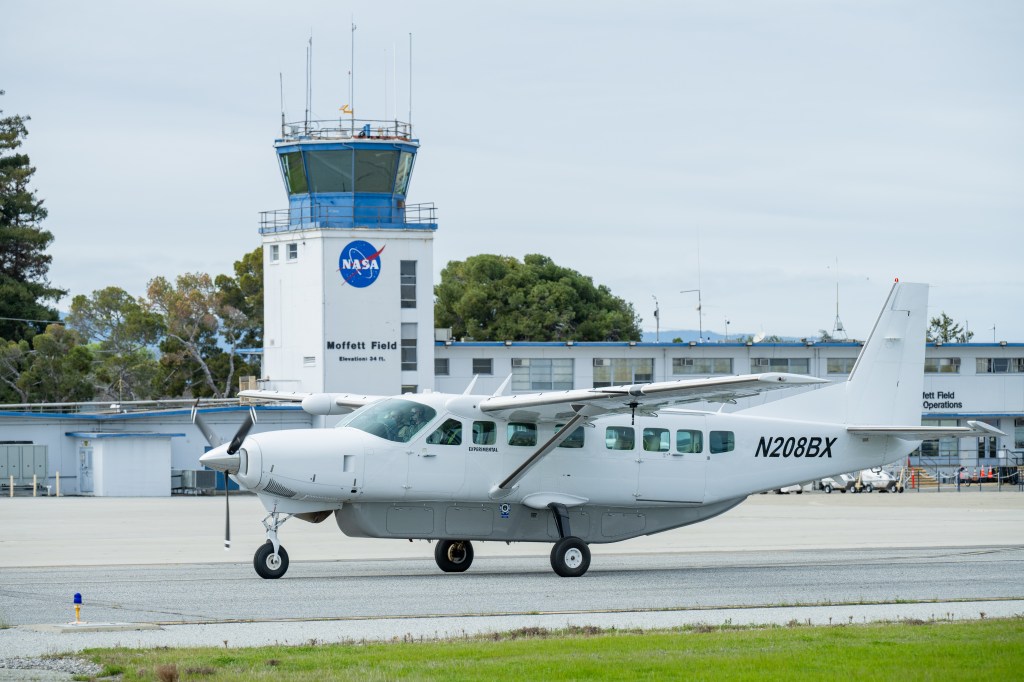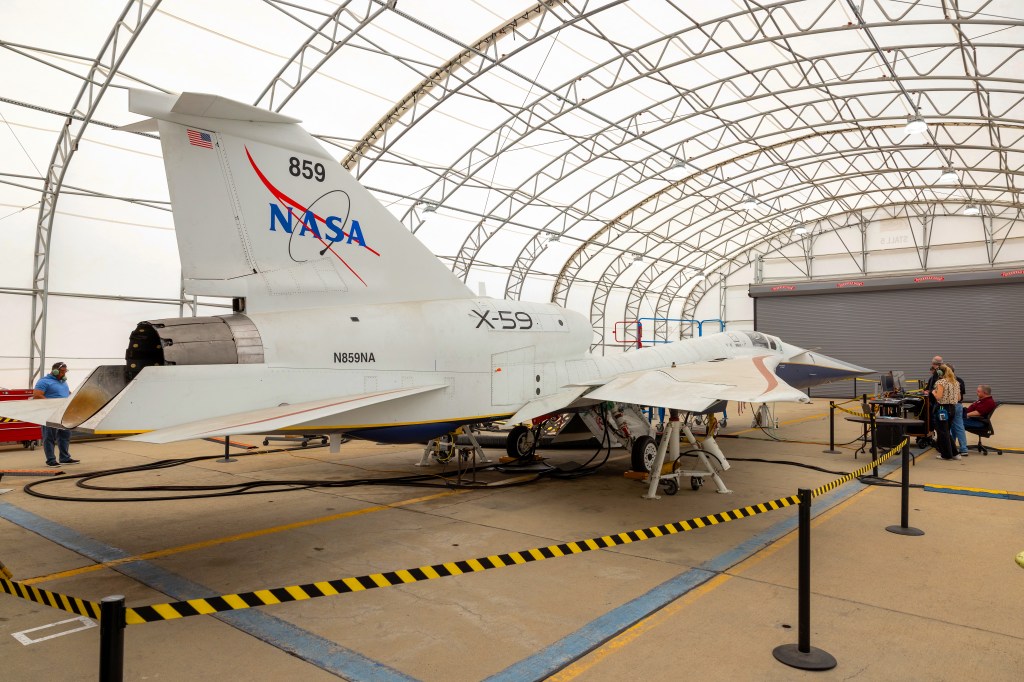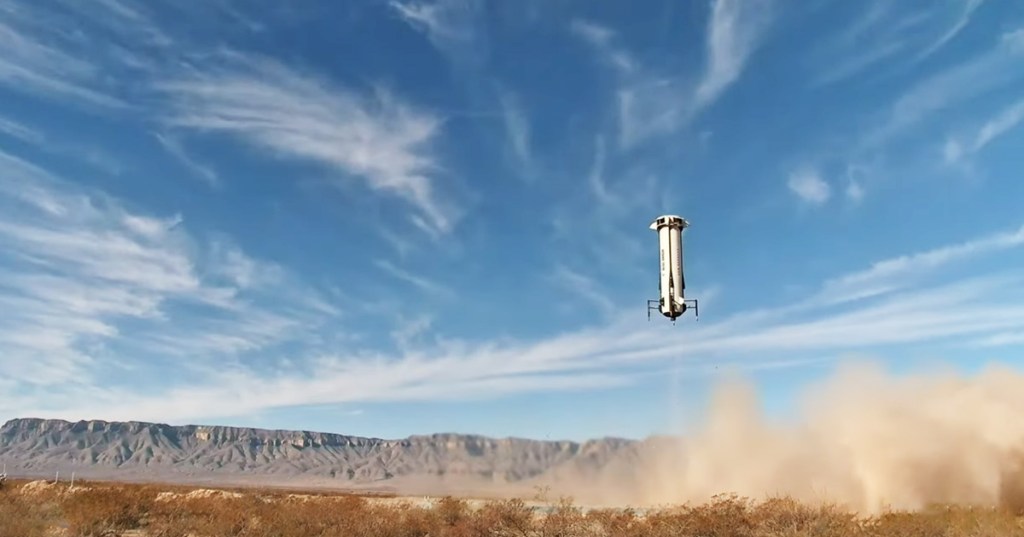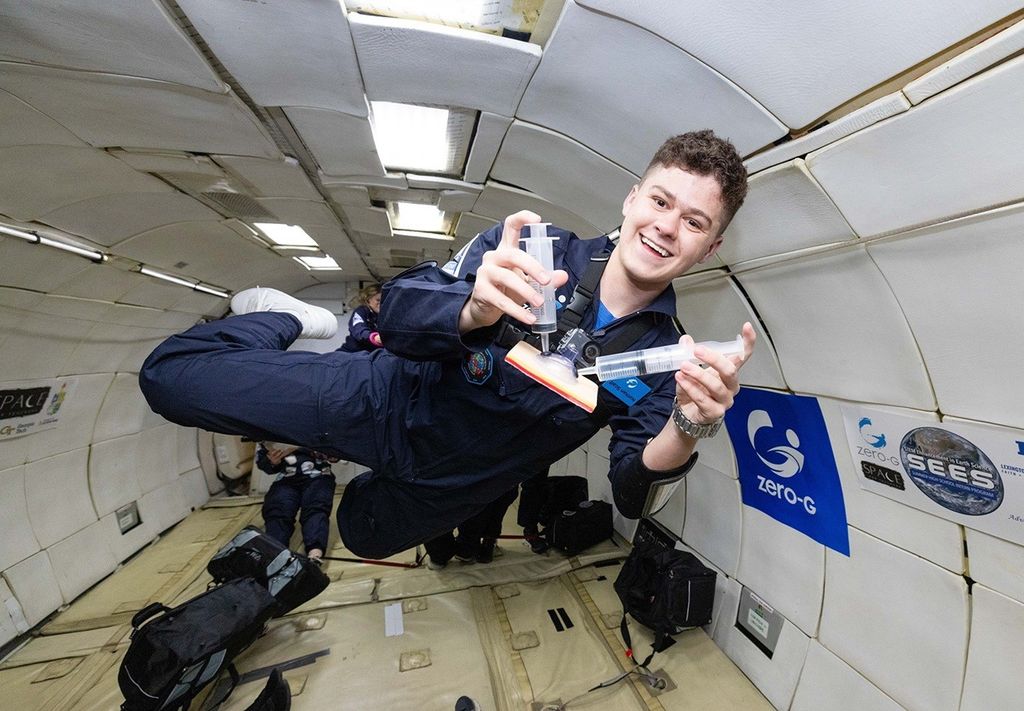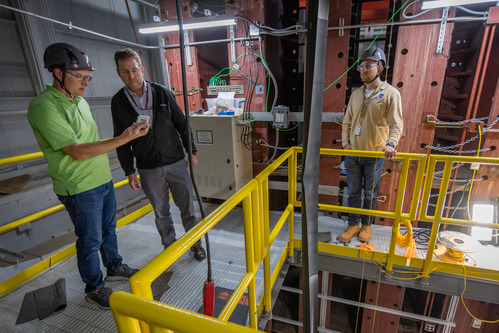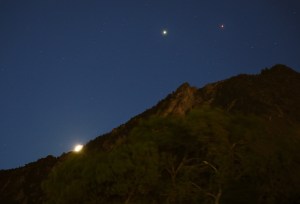The next full Moon will be on Monday morning, June 17.

The Next Full Moon is the Strawberry Moon, Mead Moon, Honey Moon, Rose Moon or the LRO Moon
The next full Moon will be on Monday morning, June 17, 2019, appearing "opposite" the Sun (in Earth-based longitude) at 4:31 AM EDT. The Moon will appear full for about three days around this time, from Saturday night through Tuesday morning.
The Maine Farmer's Almanac first published Indian names for the full Moons in the 1930's. According to this almanac, the full Moon in June or the last full Moon of Spring is known as the Strawberry Moon, a name universal to just about every Algonquin tribe. The name comes from the relatively short season for harvesting strawberries in northeastern North America.
An old European name for this full Moon is the Mead Moon or the Honey Moon. Mead is a drink created by fermenting honey mixed with water, sometimes with fruits, spices, grains, or hops. The tradition of calling the first month of marriage the "honeymoon" dates back to at least the 1500's and may be tied to this full Moon, either because of the custom of marrying in June or because the "Honey Moon" is the "sweetest" Moon of the year. Some writings suggest that the time around the Summer solstice at the end of June was when honey was ripe and ready to be harvested from hives or from the wild, which made this the "sweetest" Moon. A recent article discredited the theory I have mentioned in previous years that the term "honeymoon" came from the custom of serving mead at the wedding and giving the couple enough honey wine to last their first month as newlyweds (I've not had time to look into this further).
Europeans also called this the Rose Moon. Some believe this name comes from the color of the full Moon at this time of year. The orbit of the Moon around the Earth is almost in the same plane as the orbit of the Earth around the Sun (only about 5 degrees off). When the Sun appears highest in the sky near the summer solstice, the full Moon opposite the Sun generally appears lowest in the sky. Particularly for Europe's higher latitudes, the full Moon nearest the summer solstice shines through more atmosphere than at other times of the year. This can give the full Moon a reddish or rose color (for much the same reasons that a rising or setting Sun appears red). For the Washington, DC area, on Monday, June 17, 2019, the highest the full Moon will reach in the sky will be only 29.1 degrees above the horizon (at 1:01 AM EDT), making this the lowest full Moon of the year.
Another tribe has also given this full Moon a name. This tribe is geographically scattered but mostly living in the mid-Atlantic region of the United States. This tribe's language is primarily English, but with a liberal smattering of acronyms, arcane scientific and engineering terms, and Hawaiian phrases (cheerfully contributed by the Deputy Project Manager at the time). Comprised of people from all backgrounds, this tribe is devoted to the study of the Moon. This tribe calls June's full Moon the LRO Moon, in honor of the Lunar Reconnaissance Orbiter spacecraft they launched towards the Moon 10 years ago, on June 18, 2009.
In lunisolar calendars the months change with the new Moon and full Moons fall in the middle of the lunar months. This full Moon is the middle of the fifth month of the Chinese calendar and Sivan in the Hebrew calendar. In the Islamic calendar the months start with the first sighting of the waxing crescent Moon a few days after the New Moon. This full Moon is near the middle of Shawwāl.
As usual, the wearing of suitably celebratory celestial attire is encouraged in honor of the full Moon.
Mark Your Calendars
As for other celestial events between now and the full Moon after next:
As spring ends and summer begins, the daily periods of sunlight lengthen to their longest on the solstice, then begin to shorten again. Our 24-hour clock is based on the average length of the solar day throughout the year. Because the actual length of a solar day varies, the earliest sunrises of the year occur before the summer solstice, the day with the longest period of sunlight, and the latest sunsets of the year occur after the solstice. For the DC area (using the location of NASA Headquarters), the earliest sunrises of the year occur on Thursday and Friday, June 13 and 14, 2019 (at 5:42:11 AM EDT). On the day of the full Moon, Monday, June 17, 2019, morning twilight will begin at 4:30 AM, sunrise will be at 5:42 AM, the Sun will reach a maximum altitude of 74.5 degrees at 1:09 PM, sunset will be at 8:36 PM, and evening twilight will end at 9:48 PM. The Summer Solstice will be on Friday, June 21, 2019, at 11:54 AM. This will be the day with the longest period of sunlight, 14 hours, 53 minutes, and 41.2 seconds. On the day of the solstice, morning twilight will begin at 4:30 AM, sunrise will be at 5:43 AM, the Sun will reach a maximum altitude of 74.6 degrees at 1:10 PM (its highest for the year), sunset will be at 8:37 PM, and evening twilight will end at 9:49 PM. The latest sunrises of the year will occur on Friday and Saturday, June 28 and 29, 2019 (at 7:37:28 PM). By the day of the full Moon after next, Tuesday, July 16, 2019, morning twilight will begin at 4:46 AM, sunrise will be at 5:56 AM, the Sun will reach a maximum altitude of 72.4 degrees at 1:14 PM, sunset will be at 8:32 PM, and evening twilight will end at 9:42 PM.
On the evening of the full Moon on June 17, 2019, as evening twilight ends, the planet Mercury and the planet Mars will appear about a degree apart in the west-northwest at about 5 degrees above the horizon. Mercury will appear brighter than Mars, with Mercury on the right and Mars on the left. The two bright stars to the upper right of Mercury and Mars will be Pollux and Castor, the "twins" in the constellation Gemini the Twins. The bright star appearing nearly overhead will be Arcturus in the constellation Boötes the Herdsman. The brightest planet in the evening sky will be Jupiter, appearing in the southeast at about 18 degrees above the horizon. Jupiter was at its brightest and closest to the Earth for this apparition a week before, on June 10, 2019. The "Summer Triangle" will be rising in the east-northeast. The "Summer Triangle" is made up of Vega, the brightest star in the constellation Lyra the Harp (appearing highest at about 42 degrees above the horizon); Deneb, the brightest star in the constellation Cygnus the Swan (on the left at about 24 degrees above the horizon); and Altair, the brightest star in the constellation Aquila the Eagle (on the right at about 12 degrees above the horizon). About 10 minutes after evening twilight ends, the bright planet Saturn will rise, appearing as bright in the east-southeast as Mercury will appear on the opposite horizon in the west-northwest. Saturn will be at its closest and brightest for this apparition on July 9, 2019.
Mercury and Mars will appear at their closest to each other the next evening, June 18, 2019, less than a third of a degree apart, after which they will appear to separate as Mercury shifts to the left and Mars shifts to the right. As the month progresses the planets and stars will generally appear to shift to the west each evening. By the evening of the full Moon on July 16, 2019, as evening twilight ends, Mercury and Mars will have set already, bright Jupiter will appear in the south-southeast at about 28 degrees above the horizon, and Saturn will appear in the southeast at 16 degrees above the horizon. The Summer Triangle will appear higher in the east with Vega appearing 62 degrees above the horizon.
On the morning of the full Moon on June 17, 2019, as morning twilight begins, the bright planet Jupiter will appear in the southwest at about 8 degrees above the horizon and the planet Saturn will appear in the south-southeast at about 25 degrees above this horizon. The bright star appearing nearly overhead will be Deneb, part of the "Summer Triangle." The planet Venus, appearing the brightest of all of the visible planets, will rise in the east-northeast about 15 minutes after morning twilight begins, shining brightly near the horizon until it is lost in the glow of dawn. As the month progresses, Jupiter, Saturn, and the background of stars will appear to shift towards the west. Venus will appear to shift closer to the Sun, rising closer to sunrise and becoming more difficult to see. Venus will pass on the far side of the Sun as seen from the Earth in mid-August 2019. By the morning of the full Moon on July 16, 2019, as morning twilight begins, Jupiter will have already set and Saturn will appear low in the southwest at about 7 degrees above the horizon.
Great Time for Jupiter and Saturn Watching
This summer should be a great time for Jupiter and Saturn watching, especially with a backyard telescope. Jupiter was at its closest and brightest for the year on June 10, while Saturn will be at its closest and brightest on July 9, 2019 (called "opposition" because they are opposite the Earth from the Sun, effectively a "full Jupiter" and a "full Saturn"). Both will appear to shift towards the west over the coming months, making them visible earlier in the evening sky (and friendlier for backyard stargazing, especially if you have young ones with earlier bed times). With clear skies and a small telescope you should be able to see Jupiter's four bright moons, Ganymede, Callisto, Europa, and Io, shifting positions noticeably in the course of an evening. Galileo was the first person known to point the newly developed telescope at Jupiter, and he immediately noticed these moons that we now call the Galilean moons. For Saturn, you should be able to see the brightly illuminated rings as well as the motions of Saturn's moons, particularly the largest moon, Titan.
On Wednesday evening, June 12, 2019, the bright star appearing to the lower right of the waxing gibbous Moon will be Spica. For the Washington, DC area, Spica will set Thursday morning around 2:36 AM EDT.
Near Earth Objects
Even though they are not usually visible, I include in these Moon missives information about Near Earth Objects (mostly asteroids) that pass the Earth within about 10 or 15 lunar distances, because I find it interesting that we have discovered so many. On Friday morning, June 14, 2019, at about 8:06 AM EDT (2019-Jun-14 12:06 UTC with 6 minutes uncertainty), Near Earth Object (2019 LL1), between 38 and 85 feet (12 to 26 meters) in size, will pass the Earth at between 5.5 and 5.6 lunar distances (nominally 5.6), traveling at 19,769 mph (8.84 kilometers per second).
Sometime around Friday, June 14, 2019, (2019-Jun-14 17:49 UTC with 5 days, 8 hours, 5 minutes uncertainty), Near Earth Object (2013 YA14), between 159 and 355 feet (48 and 108 meters) in size, will pass the Earth at between 8.9 and 47.7 lunar distances (nominally 14.6), traveling at 24,871 mph (11.12 kilometers per second).
On Friday afternoon, June 14, 2019, at 2:15 PM EDT (2019-Jun-14 18:15 UTC with a minute uncertainty), Near Earth Object (2019 KJ), between 166 and 372 feet (51 and 113 meters) in size, will pass the Earth at 12.6 lunar distances, traveling at 18,115 mph (8.10 kilometers per second).
On Saturday night into Sunday morning, June 15 to 16, 2019, the bright planet Jupiter, the bright star Antares, and the waxing, gibbous, almost full Moon will appear as a triangle, with Jupiter on the left, the Moon on the right and Antares below. For the Washington, DC area, they will appear in the southeast as evening twilight ends at 9:48 PM EDT, the Moon will reach its highest in the sky just after midnight at 12:10 AM, and Antares will be setting in the southwest just as morning twilight begins Sunday morning at 4:30 AM.
On Sunday morning, June 16, 2019, at about 7:50 AM EDT (2019-Jun-16 11:50 UTC with 10 minutes uncertainty), Near Earth Object (2019 LU), between 87 and 195 feet (27 and 59 meters) in size, will pass the Earth at 4.1 lunar distances, traveling at 17,877 mph (7.99 kilometers per second).
On Sunday morning, June 16, 2019, at about 10:29 AM EDT (2019-Jun-16 14:29 UTC with 13 minutes uncertainty), Near Earth Object (2019 LR), between 83 and 186 feet (25 and 57 meters) in size, will pass the Earth at between 17.6 and 18.9 lunar distances (nominally 18.2), traveling at 33,613 mph (15.03 kilometers per second).
On Sunday evening into Monday morning, June 16 to 17, 2019, the bright planet Jupiter will appear to the right of the nearly full Moon. They will appear in the southeast as evening twilight ends (at 9:48 PM EDT for the Washington, DC area), the Moon will reach its highest in the sky early Monday morning (at 1:02 PM), and they will appear in the southwest as morning twilight begins (at 4:30 AM).
As mentioned above, the next full Moon will be on Monday morning, June 17, 2019, at 4:31 AM EDT.
Mercury Meets Mars
On Tuesday evening, June 18, 2019, the planets Mercury and Mars will appear less than a third or a degree apart low in the west-northwest. To see them, you will need a clear view of the horizon and to look as evening twilight ends. For the Washington, DC area, as evening twilight ends at 9:49 PM EDT, Mercury (the brighter of the two) will appear about 5 degrees above the horizon, with Mars appearing less than a third of a degree below Mercury. The two bright stars to the upper right of Mercury and Mars will be Pollux and Castor, the "twins" in the constellation Gemini. Mars will set at 10:18 PM and Mercury will set at 10:20 PM.
On Wednesday morning, June 19, 2019, at about 5:45 AM EDT (2019-Jun-19 09:45 UTC with 6 minutes uncertainty), Near Earth Object (2019 LC1), between 63 and 141 feet (19 and 43 meters) in size, will pass the Earth at between 18.9 and 19.4 lunar distances (nominally 19.1), traveling at 22,108 mph (9.88 kilometers per second).
On Wednesday evening, June 19, 2019, at about 8:35 PM EDT (2019-Jun-20 00:35 UTC with 13 minutes uncertainty), Near Earth Object (2019 LB2), between 36 and 81 feet (11 and 25 meters) in size, will pass the Earth at between 6.4 and 6.5 lunar distances (nominally 6.4), traveling at 7,520 mph (3.36 kilometers per second).
On Wednesday evening into Thursday morning, June 19 to 20, 2019, the bright planet Saturn will appear near the full Moon. For the Washington, DC area, the Moon will rise in the east-southeast at 9:54 PM EDT, with Saturn appearing about 1 degree to the upper left of the Moon. As the pair rises, Saturn will appear to shift towards the right. By the time the Moon reaches its highest in the sky Thursday morning at 2:47 AM, Saturn will appear to the upper right. They will still appear near each other as morning twilight begins at around 4:30 AM.
Friday, June 21, 2019, at 11:54 AM EDT, will be the summer solstice, the astronomical end of spring and start of summer. This will be the day with the longest period of sunlight (14 hours, 53 minutes, and 41.2 seconds for the Washington, DC area).
On Saturday evening, June 22, 2019, at about 9:27 PM EDT (2019-Jun-23 01:27 UTC with 15 minutes uncertainty), Near Earth Object (2019 LM1), between 63 and 141 feet (19 and 43 meters) in size, will pass the Earth at between 9.7 and 9.8 lunar distances (nominally 9.7), traveling at 19,495 mph (8.72 kilometers per second).
Sunday morning, June 23, 2019, at 3:50 AM EDT, the Moon will be at apogee, its farthest from the Earth for this orbit.
On Sunday evening, June 23, 2019, at around 7 PM EDT, the planet Mercury will be at its greatest angular separation from the Sun in the evening sky as seen from the Earth, called greatest eastern elongation, appearing half full when viewed by telescope.
On Monday afternoon, June 24, 2019, at 12:59 PM EDT (2019-Jun-24 16:59 UTC), Near Earth Object 441987 (2010 NY65), between 709 and 787 feet (216 and 240 meters) in size, will pass the Earth at 7.6 lunar distances, traveling at 28,240 mph (12.62 kilometers per second ).
Tuesday morning, June 25, 2019, the waning Moon will appear half-full as it reaches its last quarter at 5:46 AM EDT.
On Thursday evening, June 27, 2019, at 6:01 PM EDT (2019-Jun-27 22:01 UTC), Near Earth Object (2008 KV2), between 479 and 1,072 feet (146 and 327 meters ) in size, will pass the Earth at 17.7 lunar distances, traveling at 25,435 mph (11.37 kilometers per second).
Sometime around Friday, June 28, 2019, (2019-Jun-28 15:31 UTC with 13 hours, 43 minutes uncertainty), Near Earth Object (2016 NN15), between 38 and 85 feet (12 and 26 meters) in size, will pass the Earth at between 8.9 and 10.3 lunar distances (nominally 9.6), traveling at 18,699 mph (8.36 kilometers per second).
On Saturday morning, June 29, 2019, (2019-Jun-29 22:46 UTC with 2 hours 35 minutes uncertainty), Near Earth Object (2019 LV1), between 60 and 135 feet (18 and 41 meters) in size, will pass the Earth at between 5.1 and 5.4 lunar distances (nominally 5.2), traveling at 13,843 mph (6.19 kilometers per second).
On Sunday morning, June 30, 2019, if you have a clear view of the east-northeast horizon, you might be able to see the bright star Aldebaran appearing about 3 degrees to the lower left of the thin, waning, crescent Moon. For the Washington, DC area, Aldebaran will rise at about 4:14 AM and morning twilight will begin around 4:34 AM EDT.
On Sunday evening, June 30, 2019, at 8:38 PM EDT (2019-Jul-01 00:38 UTC), Near Earth Object (2015 XC352), between 63 and 141 feet (19 and 43 meters) in size, will pass the Earth at 11.9 lunar distances, traveling at 9,175 mph (4.10 kilometers per second).
Venus and the Moon
On Monday morning, July 1, 2019, if you have a clear view of the east-northeast horizon, you might be able to see Venus and the thin, waning crescent Moon. For the Washington, DC area, Venus will rise at 4:55 AM EDT, with the thin crescent Moon to the upper right. The sky may be bright enough that you may need binoculars to see them (and be sure to STOP looking with binoculars well before sunrise, as concentrating sunlight into your eyes with lenses is a really bad idea).
Tuesday afternoon, July 2, 2019, at 3:16 PM EDT, will be the new Moon, when the Moon passes between the Earth and the Sun and is usually not visible from the Earth. This will be a total eclipse of the Sun, visible from the southeastern Pacific ocean (and from a small part of Chile and Argentina right around sunset). A partial eclipse of the Sun should be visible from parts of South and Central America. The day of or the day after the New Moon marks the start of the new month for most lunisolar calendars. Sundown on July 2 marks the start of Tammuz in the Hebrew calendar. The sixth month of the Chinese calendar starts on Wednesday, July 3 (at midnight in China's time zone, which is 12 hours ahead of EDT).
On Wednesday evening, July 3, 2019, if you have a very clear view of the horizon to the west-northwest, you might be able to see the planet Mercury, the planet Mars, and the thin, waxing, crescent Moon together in the evening sky, with the Moon on the right, Mercury on the left, and Mars above and in-between. It is hard to predict, but it MIGHT be dark enough to begin to be able to see them at around 30 minutes after sunset. For the Washington, DC area, 30 minutes after sunset will be at 9:07 PM, the Moon will set around 9:39 PM, Mercury will set at 9:47 PM, evening twilight will end at 9:49 PM, and Mars will set at 9:52 PM EDT.
In the Islamic calendar the months start with the first sighting of the waxing crescent Moon after the New Moon. Wednesday evening, July 3, 2019, will probably mark the beginning of Dhu al-Qidah, one of the four sacred months during which warfare is prohibited.
Thursday evening, July 4, 2019, at around 7 PM EDT, the Earth will be at aphelion, its farthest away from the Sun in its orbit, 3.4% farther away than it was at perihelion in early January. Since the intensity of light drops off as the square distance, sunlight reaching the Earth at aphelion will be about 6.5% less intense than sunlight reaching the Earth at perihelion.
Early Friday morning, July 5, 2019, at 12:54 AM EDT, the Moon will be at perigee, its closest to the Earth for this orbit.
On Friday evening, July 5, 2019, the bright star to the left of the thin, waxing, crescent Moon will be Regulus. For the Washington, DC area, evening twilight will end at 9:48 PM with the Moon appearing about 15 degrees above the western horizon and Regulus will set in the west-northwest around 11:04 PM EDT.
Sometime between Saturday afternoon and Sunday morning, July 6 to 7, 2019, (2019-Jul-07 03:06 UTC with 10 hours, 36 minutes uncertainty), Near Earth Object (2016 OF), between 64 and 143 meters (209 to 468 feet) in size, will pass the Earth at between 11.3 and 14.2 lunar distances (nominally 12.7), traveling at 8.47 kilometers per second (18,938 miles per hour).
Sometime in the first part of July, 2019, (2019-Jul-07 10:12 UTC with 6 days, 16 hours, 7 minutes uncertainty), Near Earth Object (2016 NO56), between 19 and 43 meters (63 to 141 feet) in size, will pass the Earth at between 1.0 and 40.3 lunar distances (nominally 3.4), traveling at 12.20 kilometers per second (27,285 miles per hour).
On Tuesday morning, July 9, 2019, the Moon will appear half-full as it reaches its first quarter at 6:55 AM EDT.
On Tuesday afternoon, July 9, 2019, the planet Saturn will be at opposition, or opposite the Sun as seen from the Earth, effectively a "full Saturn." Saturn will be at its closest and brightest for this apparition around this time.
On Tuesday evening, July 9, 2019, the bright star appearing about 7 degrees below the half Moon will be Spica. For the Washington, DC area, the pair will be visible until Spica sets Wednesday morning at 12:48 AM EDT.
On Friday morning, July 12, 2019, at about 2:41 AM EDT (2019-Jul-12 06:41 UTC with 23 minutes uncertainty), Near Earth Object (2019 KD3), between 67 and 149 meters (219 to 490 feet) in size, will pass the Earth at between 15.4 and 15.5 lunar distances (nominally 15.5), traveling at 7.95 kilometers per second (17,790 miles per hour).
Sometime on Friday, July 12, 2019, (2019-Jul-12 18:54 UTC with 6 hours, 39 minutes uncertainty), Near Earth Object (2016 NJ33), between 24 and 54 meters (80 to 178 feet) in size, will pass the Earth at between 14.7 and 15.2 lunar distances (nominally 14.9), traveling at 4.48 kilometers per second (10,014 miles per hour).
On Saturday night into Sunday morning, July 13 to 14, 2019, the bright planet Jupiter will appear to the right of the waxing, gibbous, nearly full Moon. For the Washington, DC area, evening twilight will end at 9:44 PM, the Moon will reach its highest in the sky for the night at 10:56 PM, and Jupiter will set in the west-southwest on Sunday morning at 3:25 AM EDT.
On Monday evening into Tuesday morning, July 15 to 16, 2019, the bright planet Saturn will appear near the full Moon. For the Washington, DC area, evening twilight will end at 9:43 PM, the Moon will reach its highest in the sky for the night on Tuesday at 12:40 AM, and the pair will be about 7 degrees above the southwestern horizon as morning twilight begins at 4:46 AM EDT. From much of the southern Pacific and parts of South America the Moon will actually pass in front of Saturn and block Saturn from view.
The full Moon after next will be on Tuesday, July 16, 2019, at 5:31 PM EDT. Although not visible from nearly all of North America, this will be a partial eclipse of the Moon, with the full shadow of the Earth (called the umbra) falling on about two-thirds of the Moon at the peak of the eclipse.


